Completely out of season they arrived fairly tightly closed & pretty green looking with somewhat limp leaves.
They revived with a bit of water & I popped them in a vase on the table & waited . . .
My god they were so worth the wait !
I've also learnt a few things about lilies - as one does lol !
I grow lilies outside in a container garden & usually it's around December - January that they flower.
They are beautiful & their sweet scent in the warm air is divine.
Usually I leave them out there.
I have (or rather, had) this notion that flowers grown outside should stay outside, live their best lives out there, enjoy their full life cycle, benefiting the insects blah blah blah.
Well, these out of season birthday blooms have changed my mind.
Outside sometimes they last only a couple of days ! Especially if it rains &/or is windy - which, of course, it often is.
Inside, my birthday flowers lasted 2 weeks. Absolutely beautiful until the petals dropped on to the table & even then they smelt amazing.
Well, if you've had lilies you know that the pollen stains like a bastard so I decided it would be fun to see how the pollen would be if i deliberately used it as a pigment.
I used the stamen as a little brush & applied the pollen to water, acrylic media & 'natural acrylic media'.
Sadly I can't imbed videos in my blog posts, which is a shame as it's a bit hilarious to watch how i made the 'pictures' - maybe I'll post to IG later . .
First I played on paper . . .
They look amazing.
The colours in the media have remained vibrant & I'm happy to report that so have the watercolour ones which is wonderful.
It's only been 3 weeks since I did these samples & only time will tell if they are fugitive.
If that's the case, that's ok too.
What has been super duper interesting is the difference in colour with (presumably) different pH of the different media. Unexpected things are often the most interesting aren't they ?
All this to say, I'll be bringing my lilies inside this year & I'm really looking forward to that.
xxx Sal
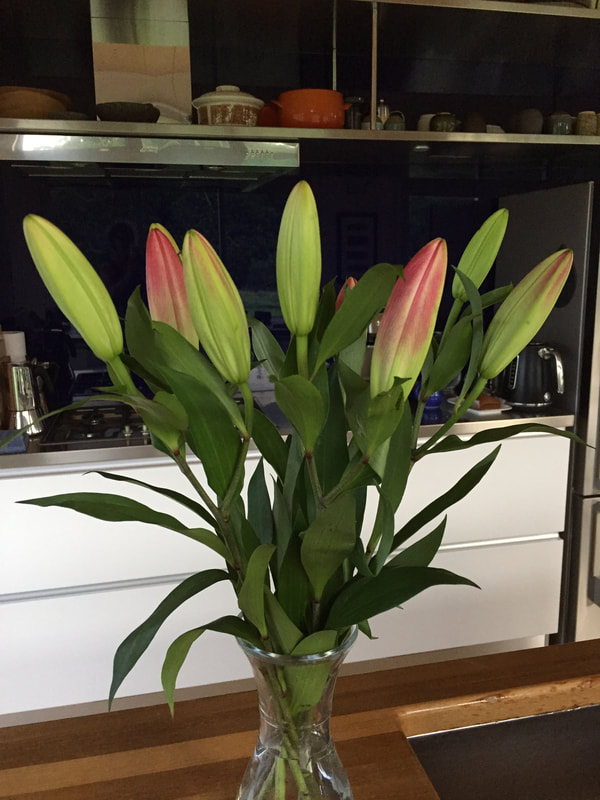
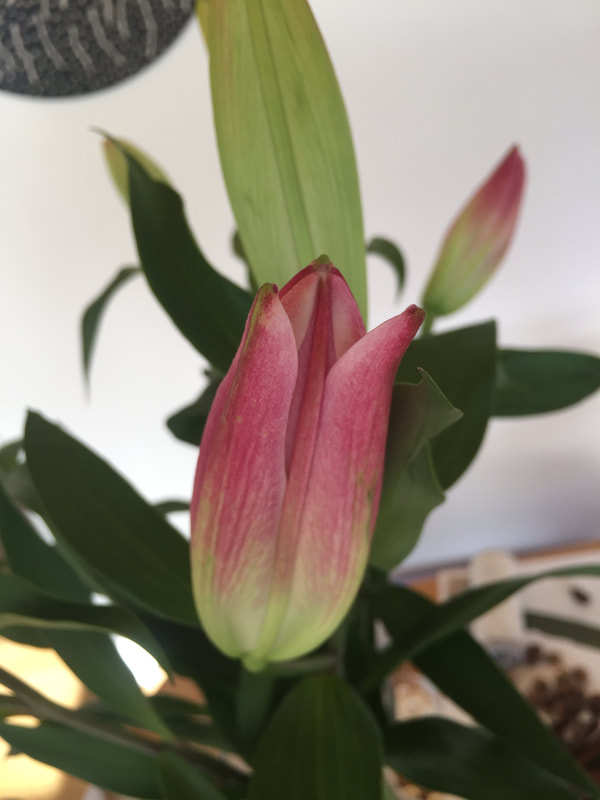
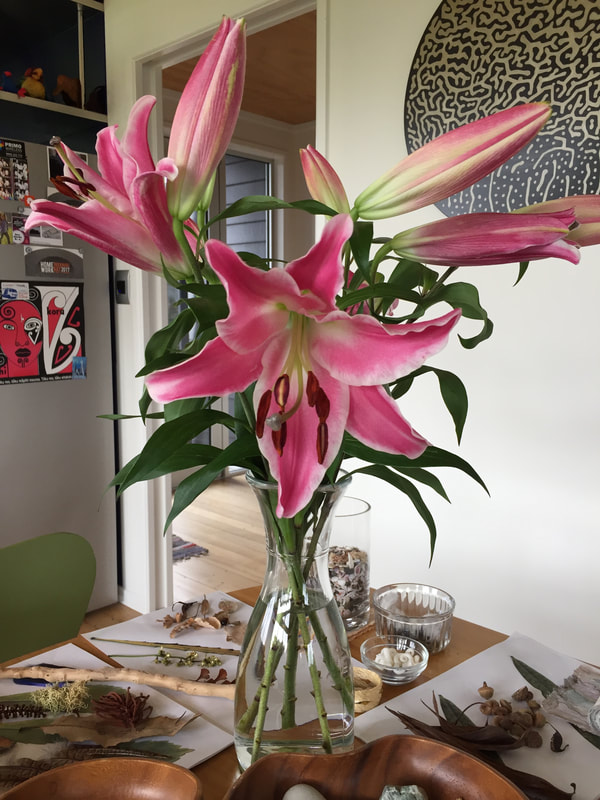
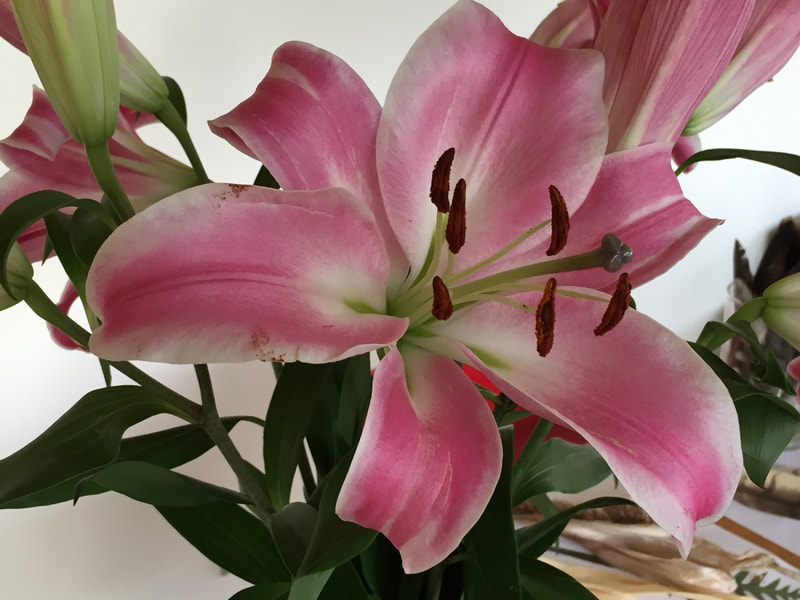
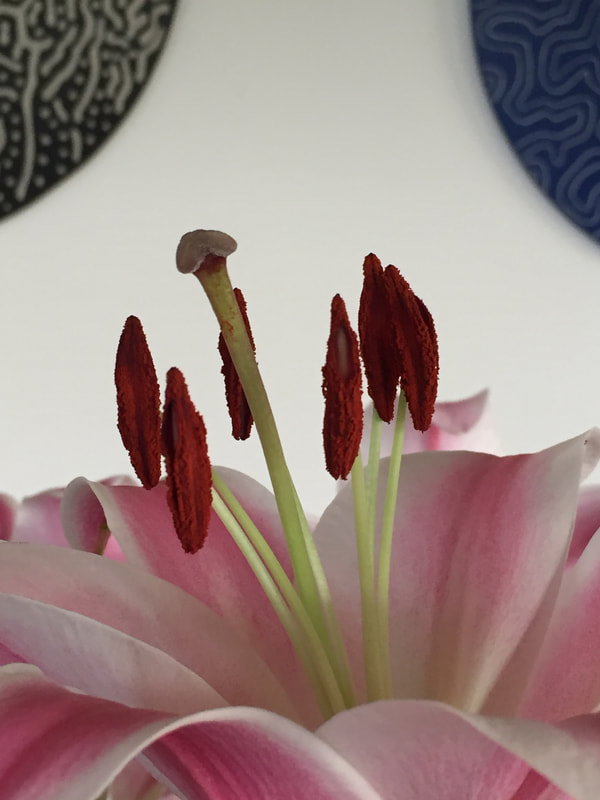
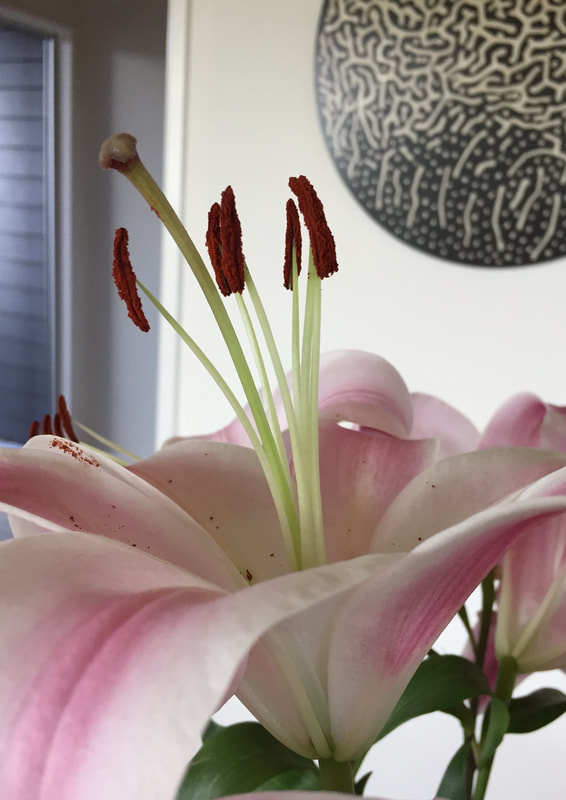
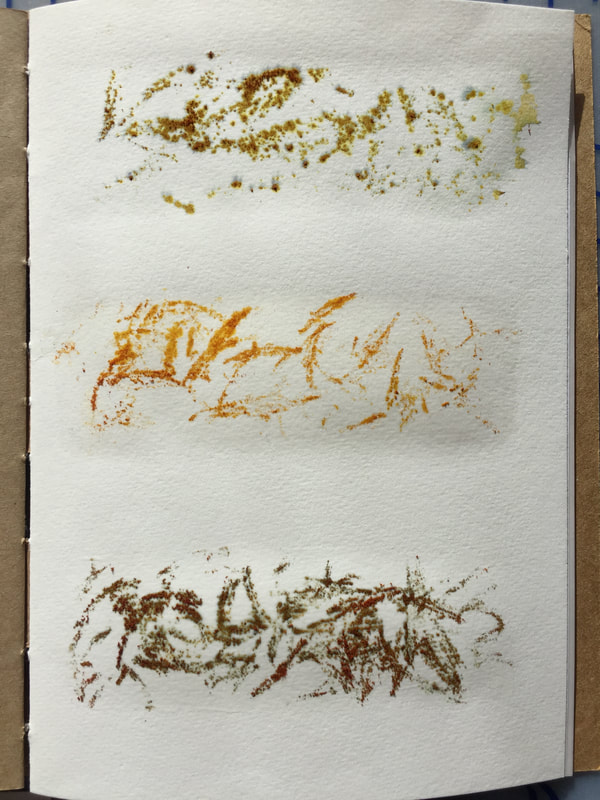
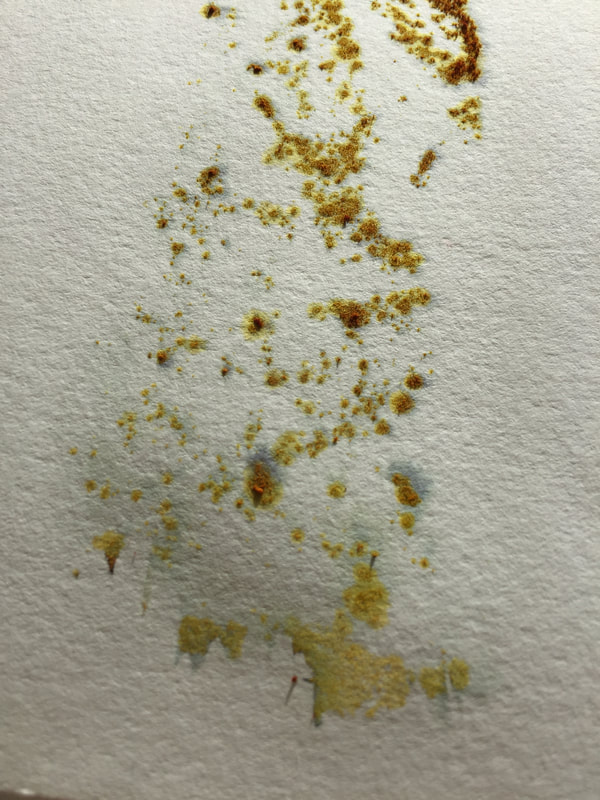
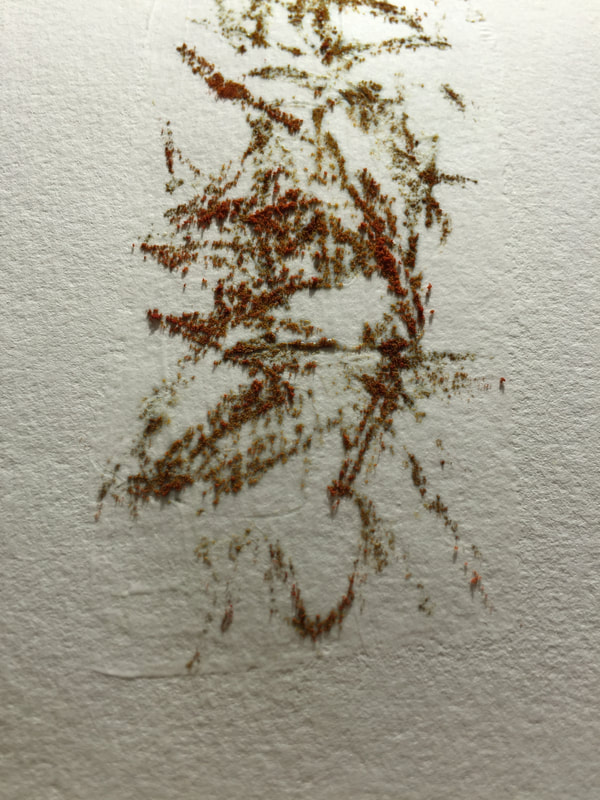
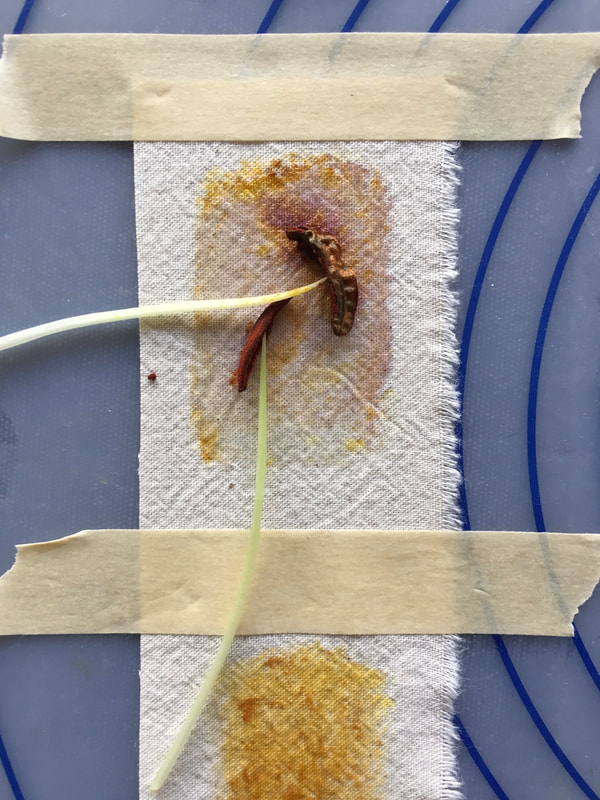

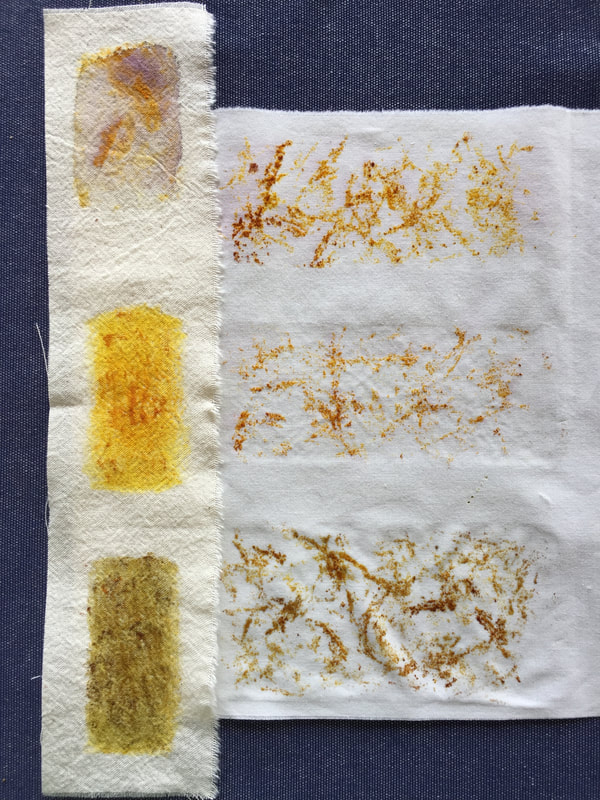
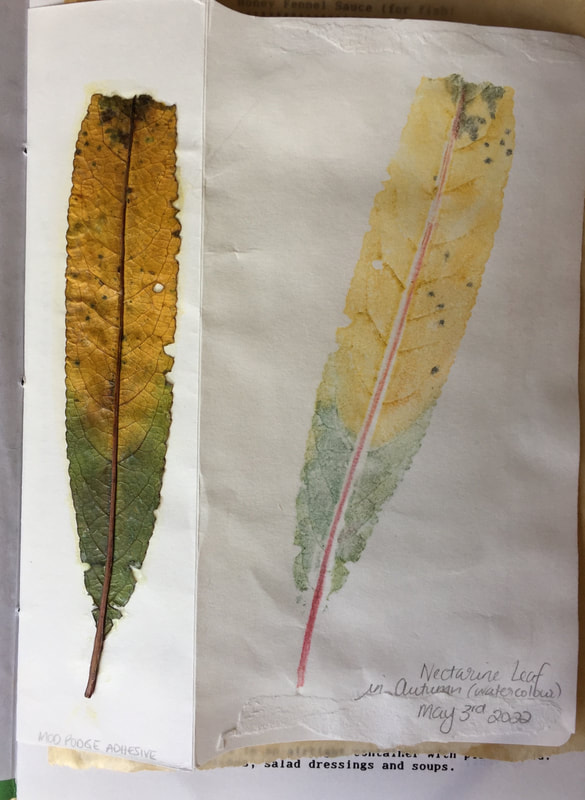
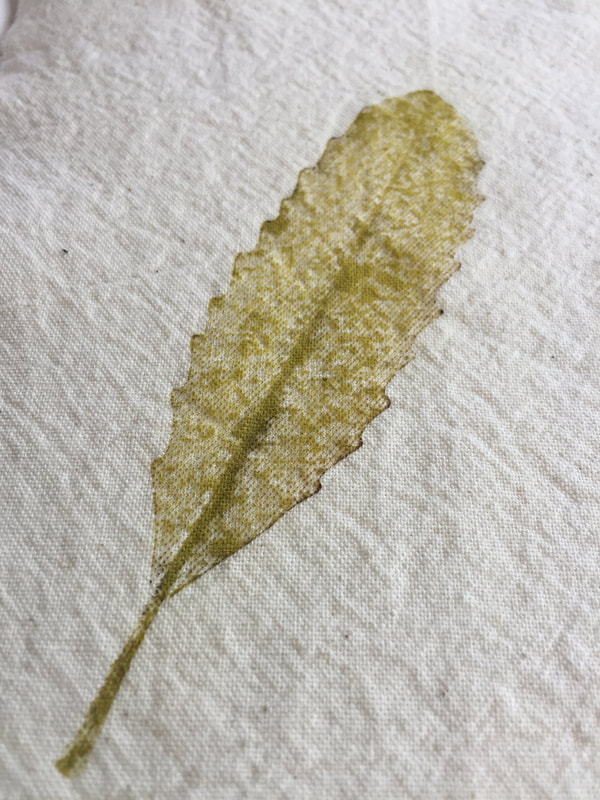
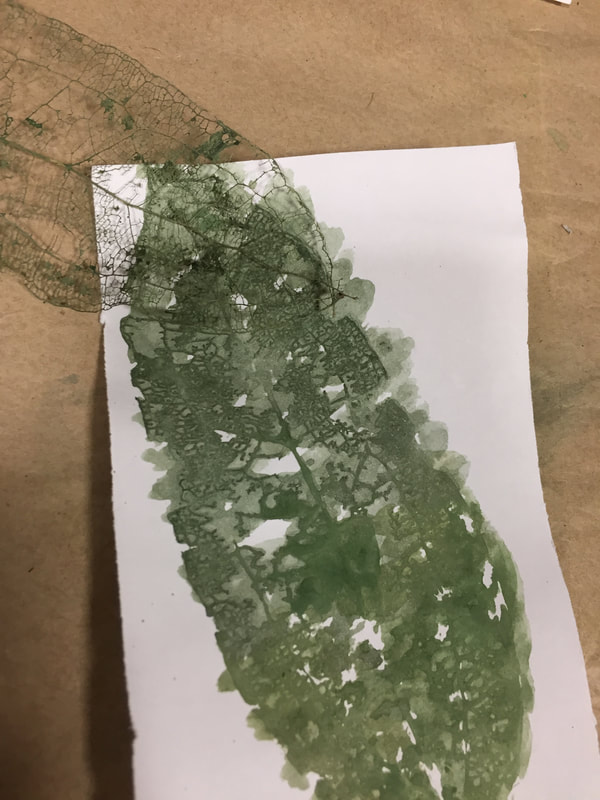
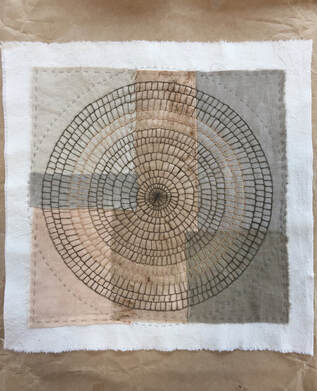
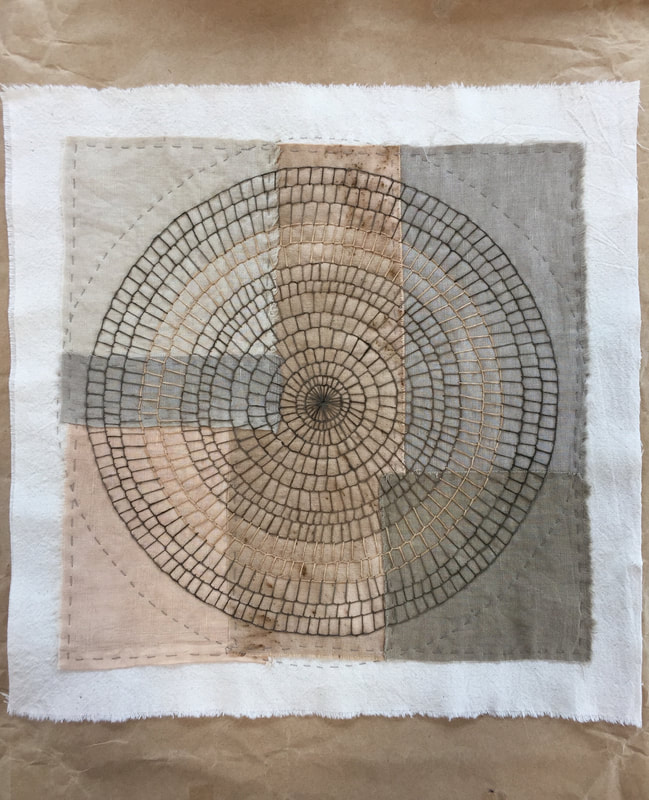
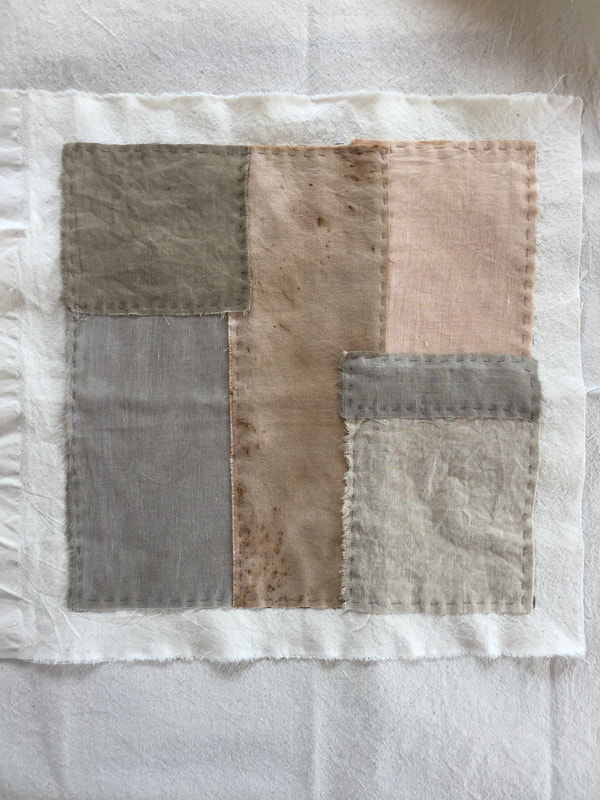
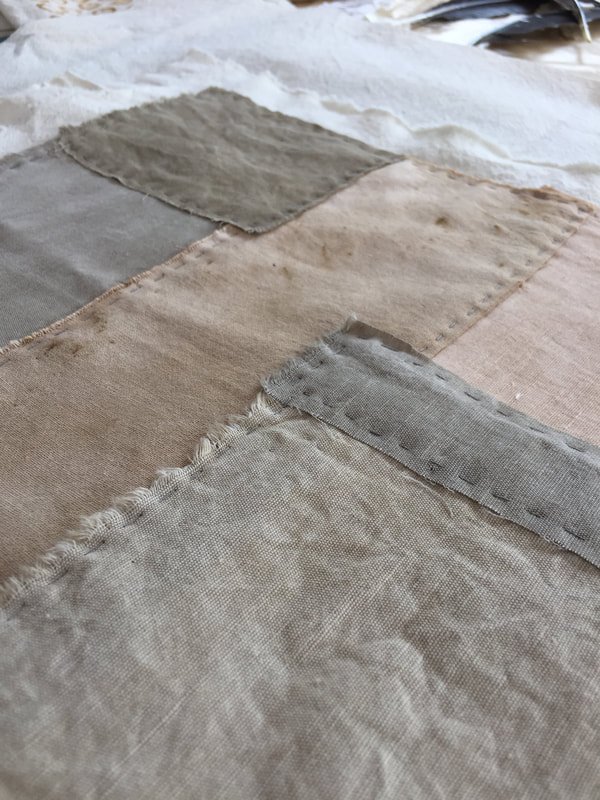
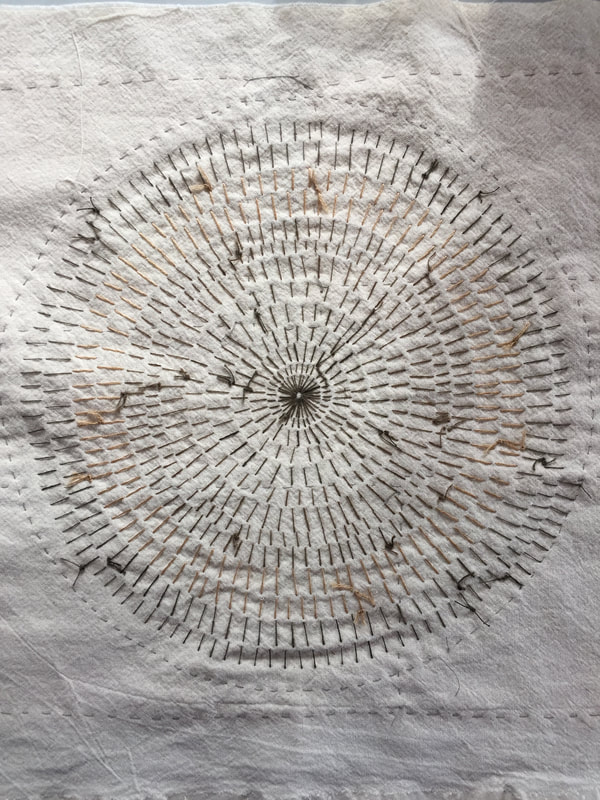
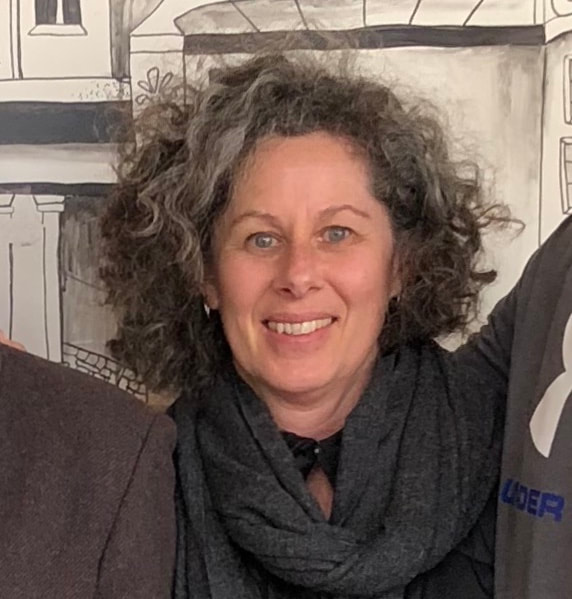
 RSS Feed
RSS Feed